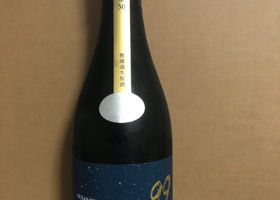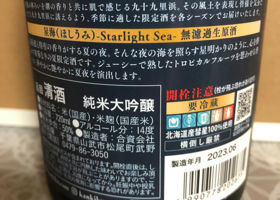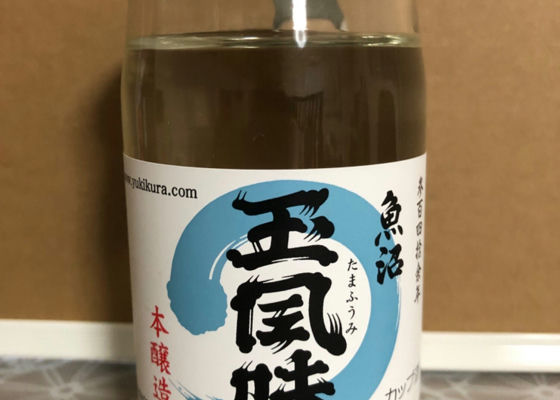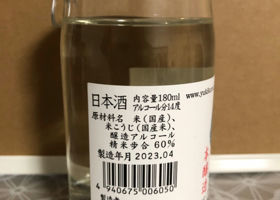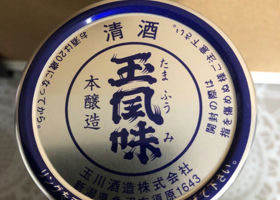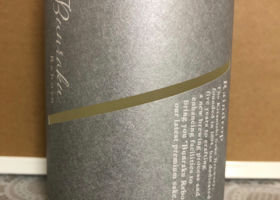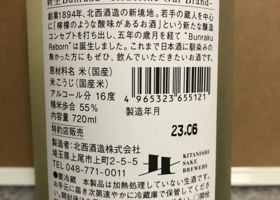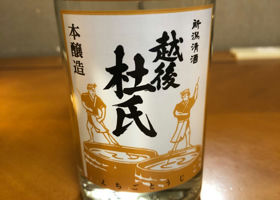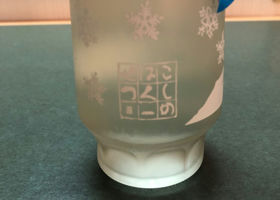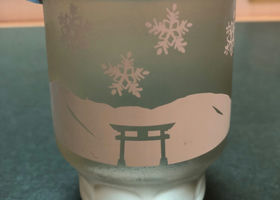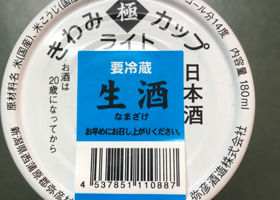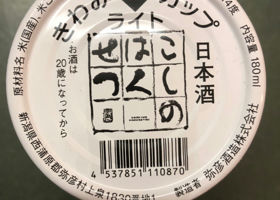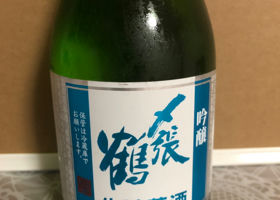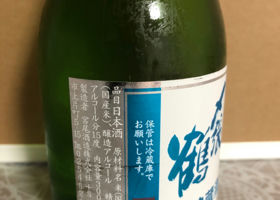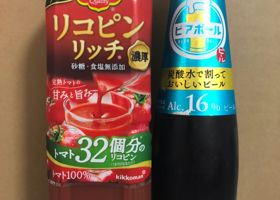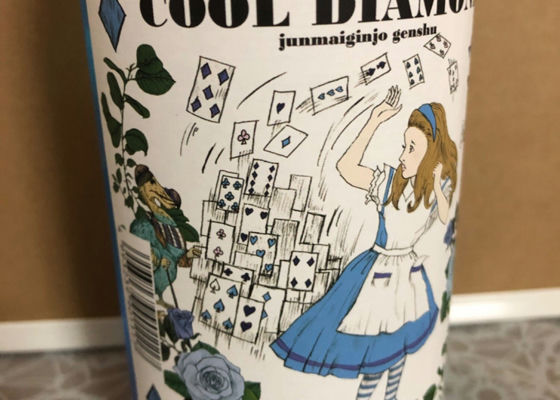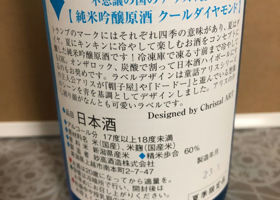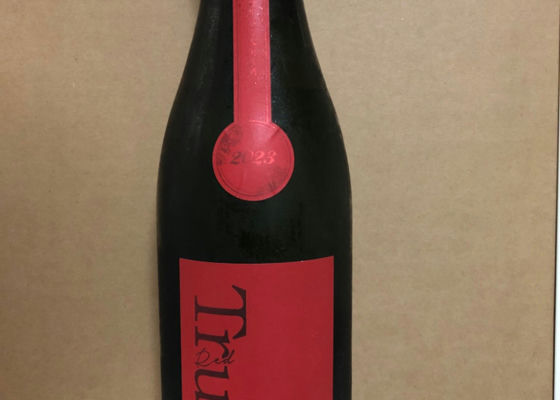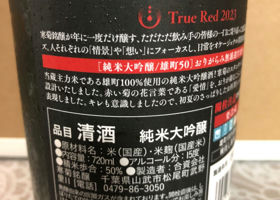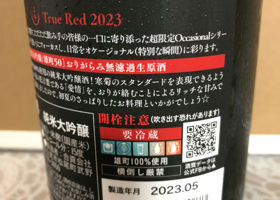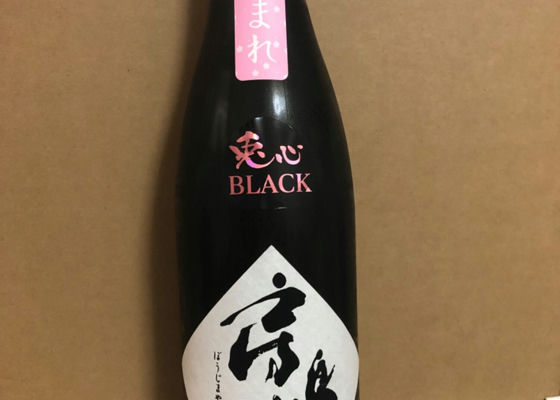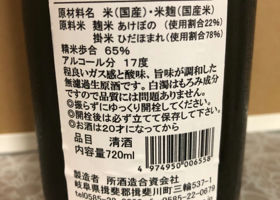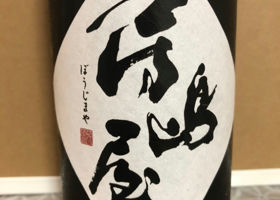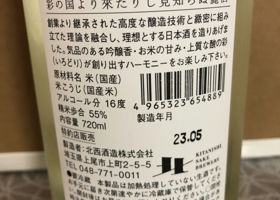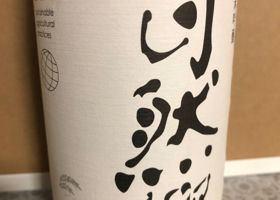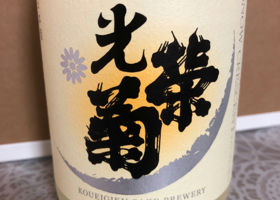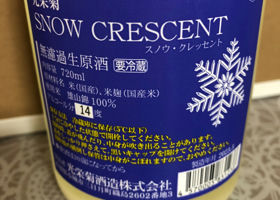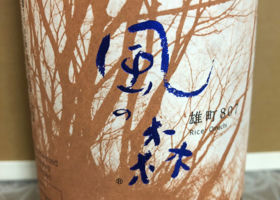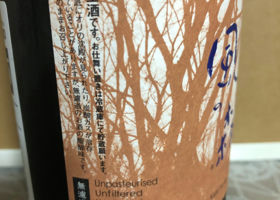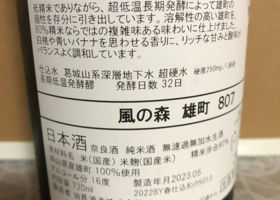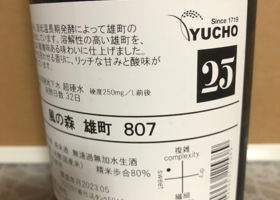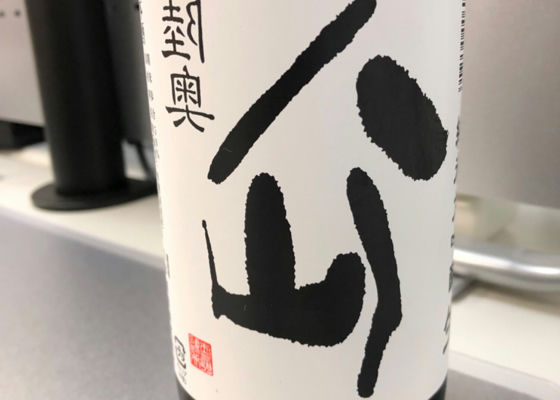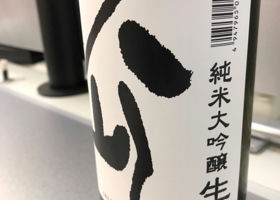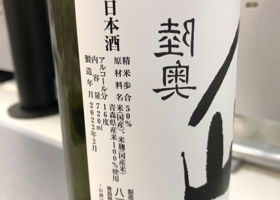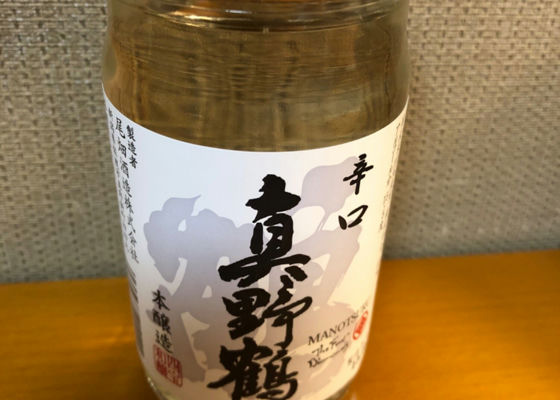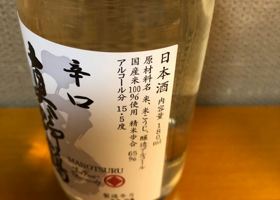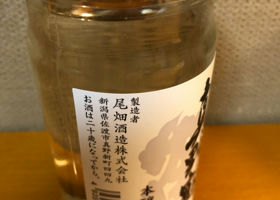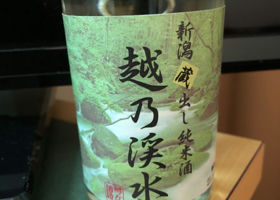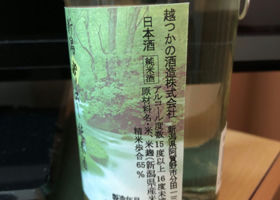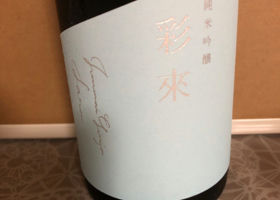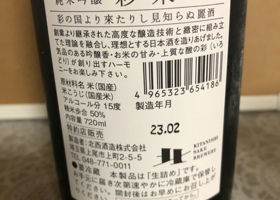

baya
When served cold, it has a refreshing fruity sweet and sour taste, with a good sharpness due to its firm acidity, and a lingering hint of sweetness.
The refreshing fruity taste and excellent balance make it a perfect summer-only release!
The elegant sweet and sour taste is well understood by everyone who describes it as being like muscat.
When lukewarm, the sweet and sour taste intensifies, but the balance is not good, so it is best not to warm it up.
On the second day, the acidity subsides and the taste is more mature and fruity, not bad, but I was surprised at how much it changed.
If I find it again next year, I'll definitely buy it!
Japanese>English
ジェイ&ノビィ
Hi baya 😃
Cicadas! It's delicious 🤗
I prefer not to heat it up 😆 helpful 😁.
This year I drank it over a few days and it did indeed feel more rounded 🤔 it's essentially a blink-and-you'll-miss-it type 😋.
Japanese>English
baya
Good evening, Jay & Nobby!
Forgot to reply, sorry...
I know it's a little late, but I think summer sake tastes best on the first day, probably because of the balance of acidity.
I like the second day better for non-summer sake, as it becomes mellower.
Japanese>English

